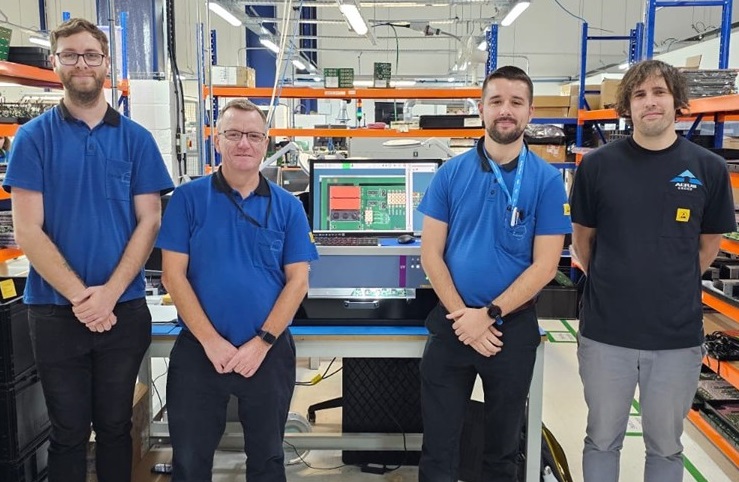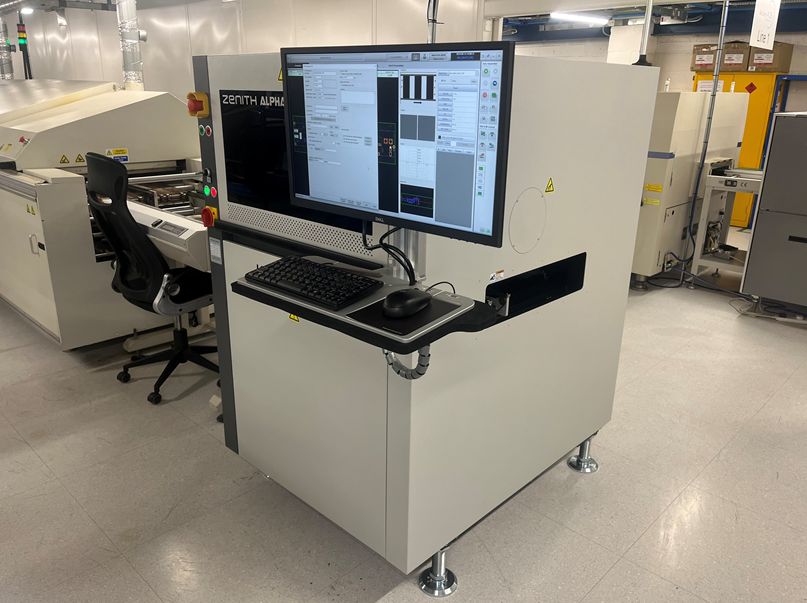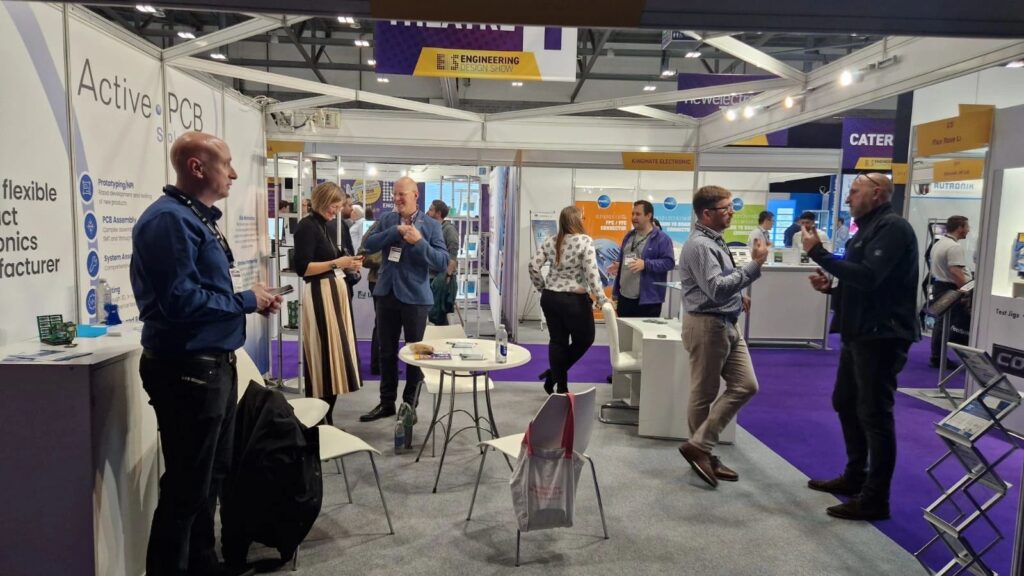Last week, we were excited to welcome Nick Hurrell, an engineer from Altus Group Ltd, to Active-PCB. Nick spent the week conducting in-depth Automated Optical Inspection (AOI) training for our team, helping us maximise the potential of our Koh Young Technology AOI systems. But that wasn’t all; he also installed our new Quins inspection machine, a system set to bring new levels of precision to our inspection processes. After a week of hands-on training, our team is ready to leverage this advanced technology, which will significantly streamline our quality control efforts.
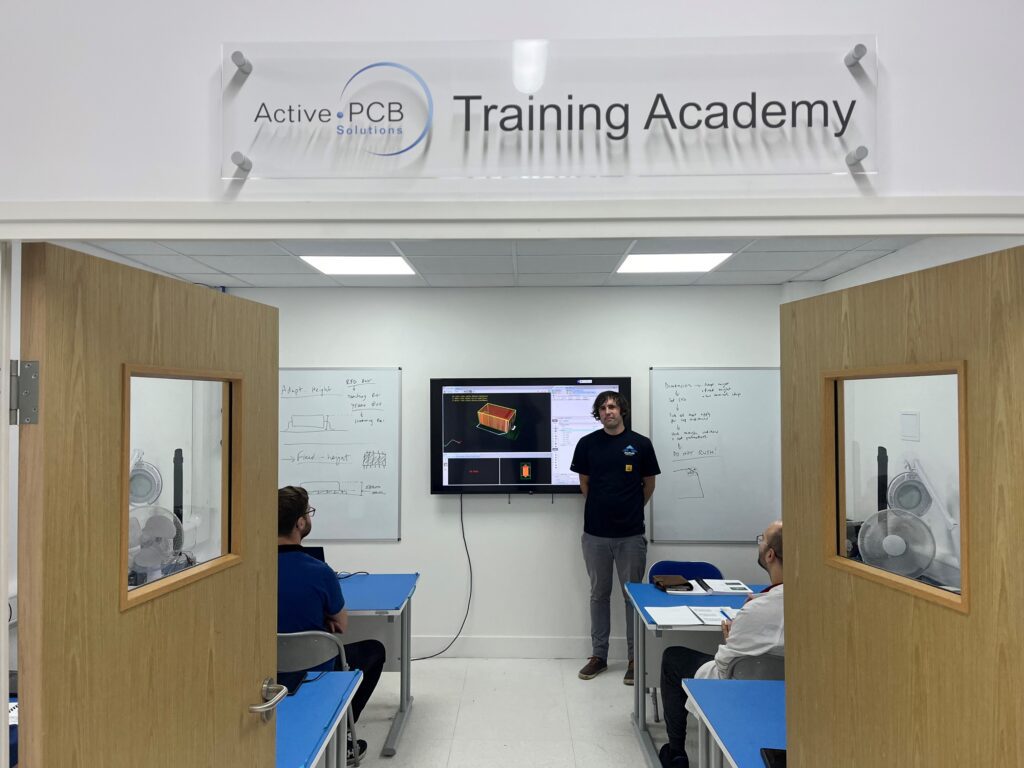
So, what is the Quins system, and how does it add value to PCB manufacturing?
he Quins system is a highly specialised first article and UV inspection solution, designed to enhance and simplify conventional and final inspection processes in PCB assembly. Let’s dive into how this system operates, its benefits, and what it means for our production and inspection workflows.
What is a First Article Inspection System?
First article inspection (FAI) is a quality control process used to verify that the first part or assembly in a production run meets all design specifications. In the context of PCB manufacturing, it means ensuring that the initial circuit boards created in a batch are free of defects, so issues are detected and corrected before full-scale production. An FAI system like Quins is particularly valuable because it automates this process, saving both time and resources while improving accuracy.
The Quins system allows our team to conduct quick, thorough first article inspections directly on the production floor. This flexibility helps us validate the design and manufacturing processes, allowing adjustments if any discrepancies arise early on.
With a highly accurate FAI solution, we can catch even minor inconsistencies before they impact larger batches, effectively safeguarding quality in every project.
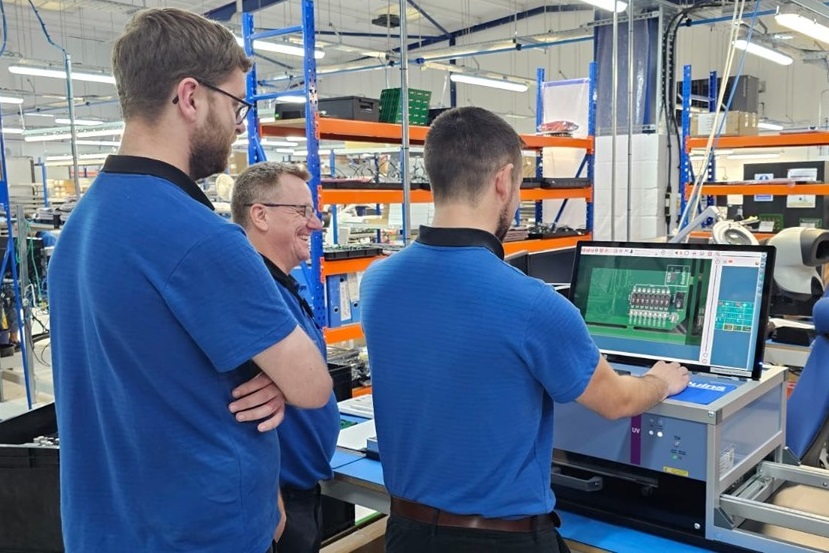
How the Quins UV Bench Top Inspection System Works
The Quins system also integrates a UV inspection capability, which is vital in the PCB industry for identifying otherwise hard-to-detect anomalies. The UV inspection feature allows technicians to view fine details of PCBs, such as the presence or absence of specific materials, solder joints, or any other minuscule deviations that may be undetectable by visible light inspection alone.
This feature is especially beneficial when dealing with components or materials that have UV-reactive properties, ensuring that each board adheres closely to design specifications and industry standards.
The Quins system’s bench-top design makes it compact and easy to use in various settings within our facility, giving technicians the versatility to move it around as needed. This accessibility allows inspections to occur where they are most beneficial; directly alongside the production line, adding an extra layer of quality control without taking up significant space.
Benefits of the Quins System for Active-PCB
By integrating the Quins system into our operations, we’re enhancing our inspection processes in a few critical ways.
- It improves the efficiency of our conventional inspection process, helping us to detect and resolve issues faster than ever.
- Its high level of precision minimises the potential for human error, particularly during the delicate first article inspection phase.
As a result, we can confidently deliver products that meet the highest quality standards, giving our clients even greater peace of mind.
Finally, we’d like to extend a big thank you to Nick Hurrell for his time and expertise. Not only did he install the Quins system, but he also trained our team, empowering us to use this technology to its fullest.
We’re excited about the impact this system will have on our quality control processes and look forward to delivering even better results for our clients
